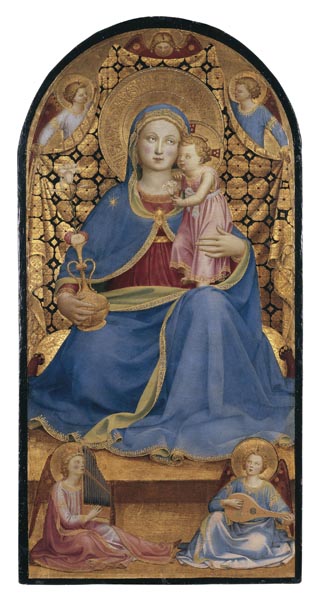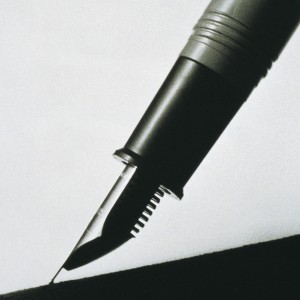Montse Gumà, in collaboration with Valeria Nepeina
Are you one of those people who stops and gazes at market stalls and the shop windows of florists and the more traditional grocery stores? When you travel, are markets must-see attractions on your sightseeing trips? We love the colours, the smells, the orderly arrangement of the fruit and vegetables, the textures, but we had never thought that what attract us so much – even the modern ones, as Antoni Marí says in the catalogue – are “still lifes”.
The name ‘still life’ comes from the Dutch Stilleven, and it was applied to an artistic genre that spread through the Netherlands and over the years acquired its own artistic status, separate from other genres.
But, what is still life? It is an artistic genre that mostly reperesents everyday objects, whether natural (food, flowers, dead animals, plants, rocks or seashells) or artificial (glasses, books, vases, jewels, coins, pipes, and so on), traditionally arranged on a table, captures domestic life. Is there anything else hidden behind these compositions? We find still lifes inserted in other kinds of compositions, for example religious ones, in Ancient Egypt, in Greek and Roman art, and in the Middle Ages and the Renaissance, until we come to the Baroque period, when this kind of painting broke free and acquired an artistic identity of its own.
Over the centuries, then, it has been a recurring theme. Why did artists choose it? Almost certainly for a variety of reasons. Initially, it seems that still lifes had a sort of religious symbolism. With the passage of time, the symbolic significance of the objects depicted became blurred and they turned into mere elements of the objective world, indicators, perhaps, of the owner’s social and financial status, of his profession… to become snapshots of the natural and ephemeral beauty of an object with the intention of making it perennial, “undamaged”.
Over the years, and as the world has changed, new products, new objects and new media and techniques have appeared that continue to suggest new directions for stylistic development and the reinvention of the still life as an artistic theme.
In the museum’s collection, and if you browse the online collection, you will find quite a few of them. And although we always, by default, associate still lifes with the Spanish Golden Age, you will see that there are examples from every period and in different artistic techniques, not just painting. You will find sculptures, photographs and drawings, among others.
You can enjoy a good sensory experience based on still lifes if you follow the exercise performed by the students of the ESMUC: Repertoire and Techniques of Electroacoustic Music. They composed short pieces inspired by still lifes from the museum’s collection in a virtual itinerary where, as you look at a basket of grapes, you can hear the sound of them being pressed, or, when gazing at a glass, you hear the glass shattering as it hits the floor. Do you want to listen to them?
If you are interested in still lifes from the aesthetic point of view, take a look at album that we prepared on Pinterest.
Just as travellers let themselves be carried away by their feelings and senses as they stroll surrounded by the hustle and bustle of the spice market in Istanbul, the Dos Lavradores market in Funchal, or the Siab Syob market in Samarkand, we encourage you to delve into the exhibition Undamaged: Still Lifes from the Spanish Golden Age, and we hope you enjoy it with all your senses well sharpened.
Related Links
Still Lifes. From Sánchez Cotán to Goya. Based on the Naseiro Collection acquired for El Prado
Projectes digitals





















